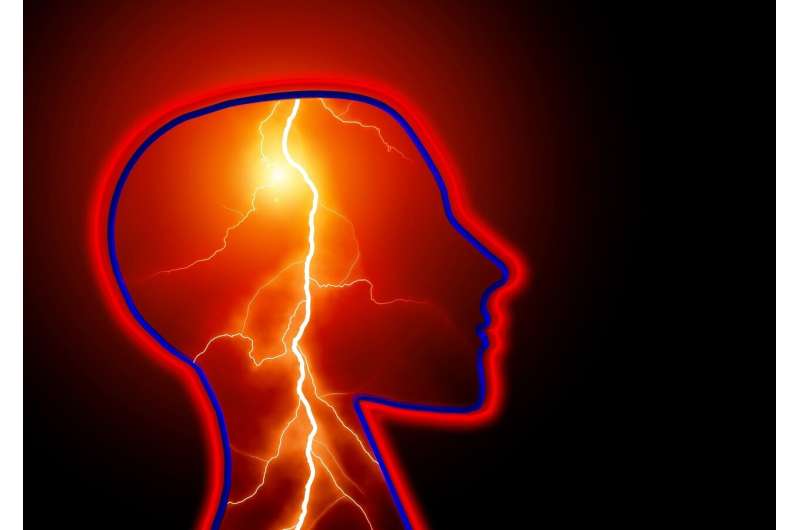What is a subarachnoid hemorrhage?

Globally, 1 in 4 people over 25 will have a stroke of some form, according to the World Stroke Organization. Subarachnoid hemorrhages account for approximately 1.2 million cases of stroke each year, and nearly 40% of those cases are fatal.
While not the most common type of stroke, a subarachnoid hemorrhage can lead to permanent brain damage or death.
"It mainly happens because of arterial bleeding on the surface of the brain," says Dr. Rabih Tawk, a Mayo Clinic neurosurgeon.
A subarachnoid hemorrhage is often linked to an aneurysm. Bleeding increases pressure around the brain, which can cause a sudden, severe headache sensation, a person to lose consciousness and brain damage.
"It happens unannounced, and most people who come to us have no symptoms before," says Dr. Tawk.
Surgeons must first stop the bleed. In cases where fluid does not drain, a device is inserted to help. This device monitors and alleviates pressure in daily management of this complex disease.
Watch for changes in headaches and other strokelike symptoms, such as slurred speech or weakness on one side of the body.
"We want them to call doctors or seek medical attention to have the appropriate workup and make sure that's not a red flag for an aneurysm that's imminent for rupture," says Dr. Tawk.
2022 Mayo Clinic News Network.
Distributed by Tribune Content Agency, LLC.


















